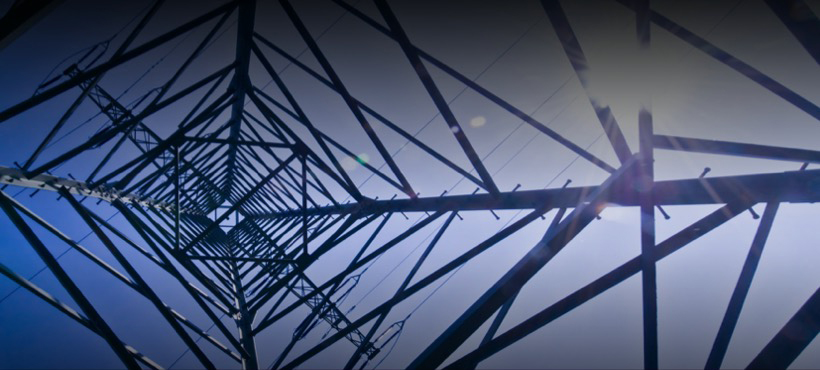
The Joyce Centre for Partnership and Innovation was designed as a living lab, integrating academic and applied research activities into the building’s day-to-day operations.
A new white paper by the Energy and Power Innovation Centre explores how Mohawk’s award-winning Joyce Centre for Partnership and Innovation incorporated sustainable building concepts and technologies to design Canada’s largest net-zero and carbon zero institutional facility.

Research Area: Energy and Power Innovation Centre, IDEAWORKS
Research Team: Rutul Bhavsar, Mariano Arriaga, Tony Cupido with the support of Stephen Jankus and Clyde Sterry
Future Ready Challenge
In May 2017, Canada Green Building Council (CaGBC) became the first Green Building Council in the world to launch a dedicated Zero Carbon Building Standard, making carbon emissions the key indicator for building performance.
The Joyce Centre for Partnership & Innovation was selected by the CaGBC as one of 16 national pilot projects to demonstrate the new standard. Within this standard, a zero-carbon building is defined as one that is highly energy-efficient and produces onsite or procures carbon-free, renewable energy in an amount sufficient to offset the annual carbon emissions associated with operations.
R & D Collaboration
In 2018, Mohawk College opened the 8,981 m2 (96,670 ft2) Joyce Centre for Partnership and Innovation (JCPI) building in Hamilton, Ontario. Working with a project team that included at mcCallumSather, B+H Architects, RDH Building Science & EllisDon Industrial, the building included a high-efficiency design, green construction materials and sustainable technologies, as well as renewable energy technologies to significantly reduce its annual energy consumption and greenhouse gas emissions. The Joyce Centre for Partnership and Innovation was designed as a living lab, integrating academic and applied research activities into the building’s day-to-day operations.
Innovative Results
The white paper, “Mohawk College’s Net-Zero Energy and Zero-Carbon Building- A Living Lab for high-efficiency and renewable energy technologies in buildings,” provides an overview of the design criteria and technologies that were considered and used to achieve this innovative building. It summarizes and puts into context the effort undertaken by Mohawk staff and faculty to incorporate global best practices for net-zero buildings.
The paper explores how, by integrating sustainability principles in the design phase, the building achieved significant energy savings up to 80% less than the average educational service building. The white paper details the critical design and building envelope features that reduce energy consumption in the building. It also provides a detailed overview of the sustainable technologies, such as solar PV, solar thermal, geothermal, waste heat recovery and rainwater collection, that were incorporated into the high-efficiency building.

